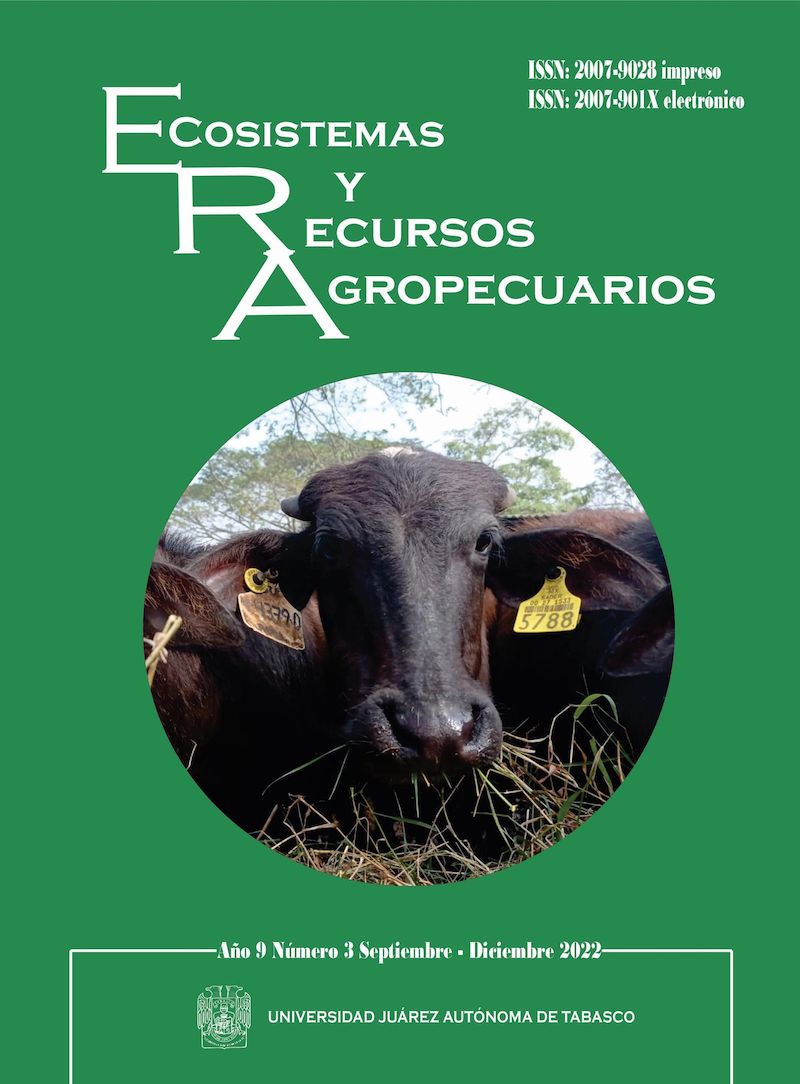Selection of superior trees of Pinus pseudostrobus, highly resin producing in Michoacan
DOI:
https://doi.org/10.19136/era.a9n3.3334Keywords:
Genetic improvement, linear regression, resination, altitudinal gradients, San Juan Nuevo.Abstract
Michoacán is the main producer of pine resin, with little more than 90% of the national production, but at present, the forests have not received treatments that guarantee sustainable use, greater productivity,
and quality of the resin, through genetic improvement. The objective was to select highly resin-producing trees of Pinus pseudostrobus, with the linear regression selection method in three altitudinal gradients in natural stands of the Nuevo San Juan Parangaricutiro Indigenous Community, Michoacán. Statistical analysis showed no differences in resin production between gradients and that resin production is highly correlated with age and normal diameter. Of the preselected trees, 9 trees were superior, with resin production of 6.1 to 7.3 kg tree−1 9 months−1. These trees can be included in commercial forest plantations or seed orchards for resin production.
Downloads
Downloads
Published
Issue
Section
License
Copyright (c) 2022 Ecosistemas y Recursos Agropecuarios

This work is licensed under a Creative Commons Attribution-NonCommercial-ShareAlike 4.0 International License.
Aviso de copyright
Los autores que se envían a esta revista aceptan los siguientes términos:
una. Los autores conservan los derechos de autor y garantizan a la revista el derecho a ser la primera publicación del trabajo con una licencia de atribución de Creative Commons que permite a otros compartir el trabajo con un reconocimiento de la autoría del trabajo y la publicación inicial en esta revista.
B. Los autores pueden establecer acuerdos complementarios separados para la distribución no exclusiva de la versión del trabajo publicado en la revista (por ejemplo, en un repositorio institucional o publicarlo en un libro), con un reconocimiento de su publicación inicial en esta revista.
C. Se permite y se anima a los autores a difundir su trabajo electrónicamente (por ejemplo, en repositorios institucionales o en su propio sitio web) antes y durante el proceso de envío, ya que puede conducir a intercambios productivos, así como a una cita más temprana y más extensa del trabajo publicado. (Consulte El efecto del acceso abierto).


